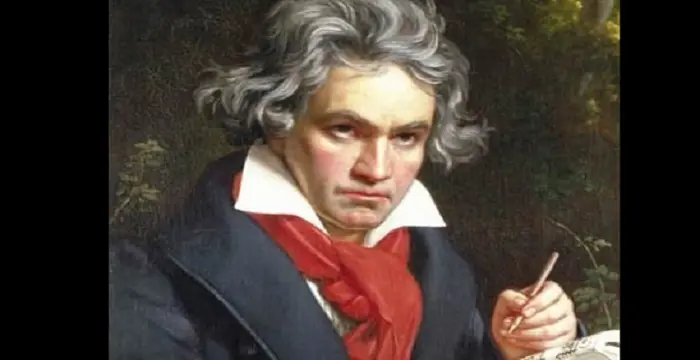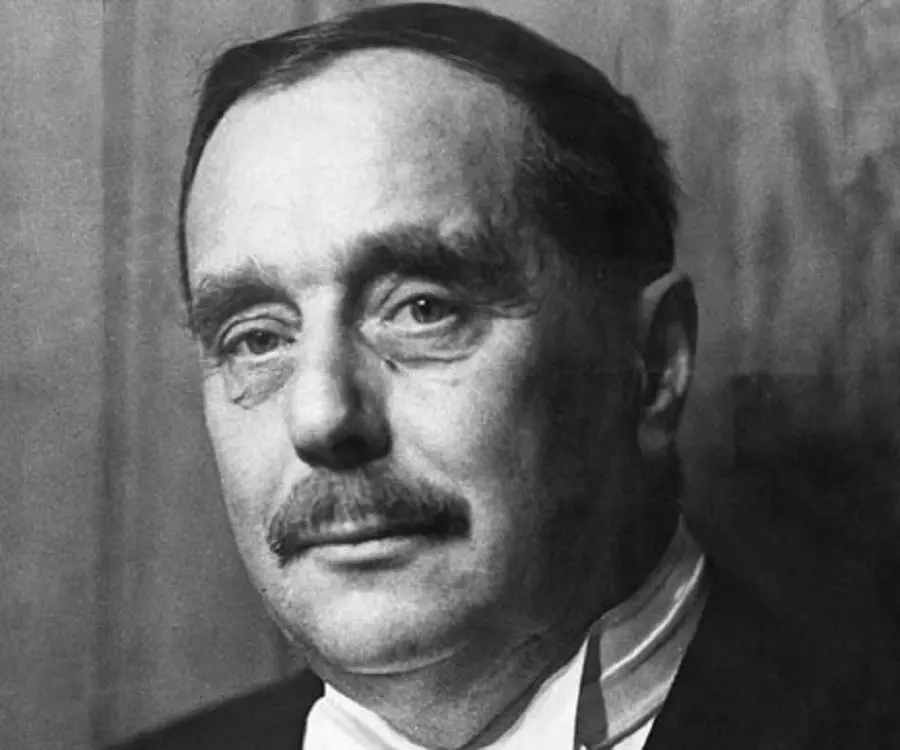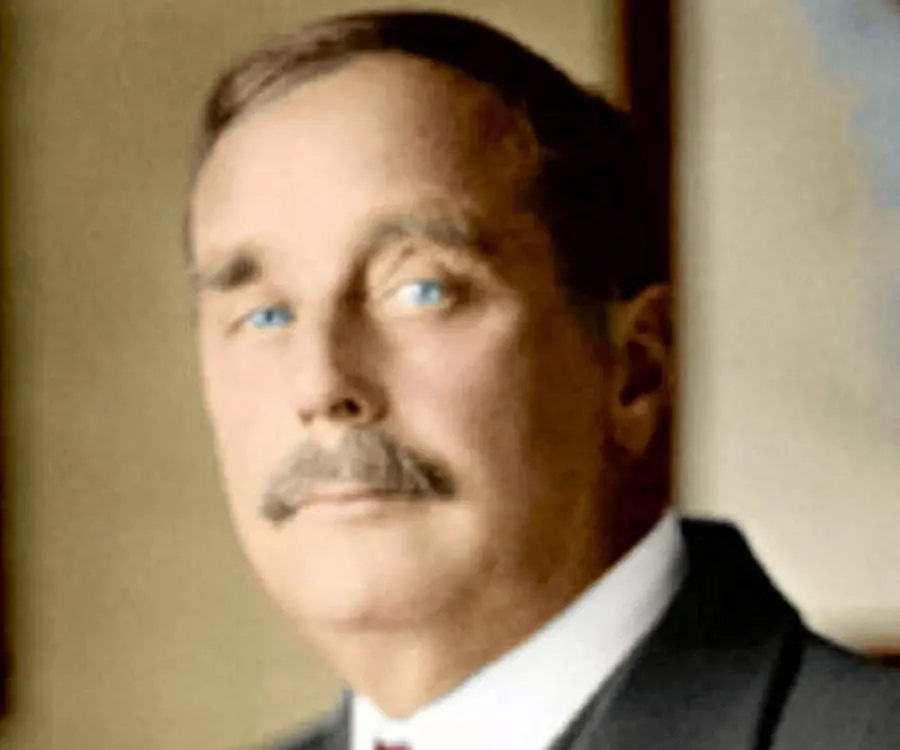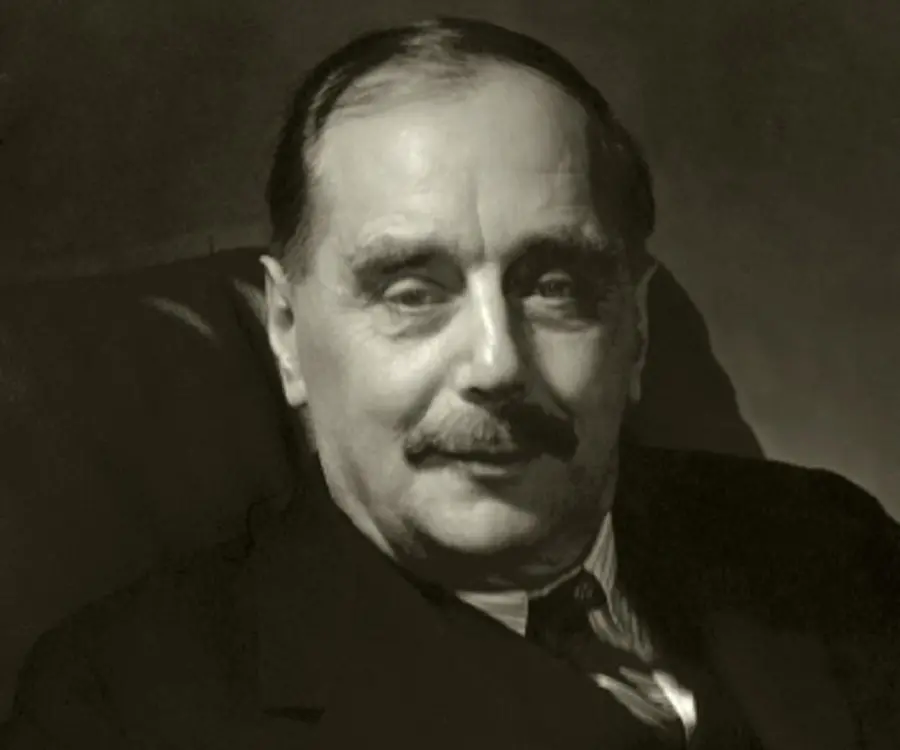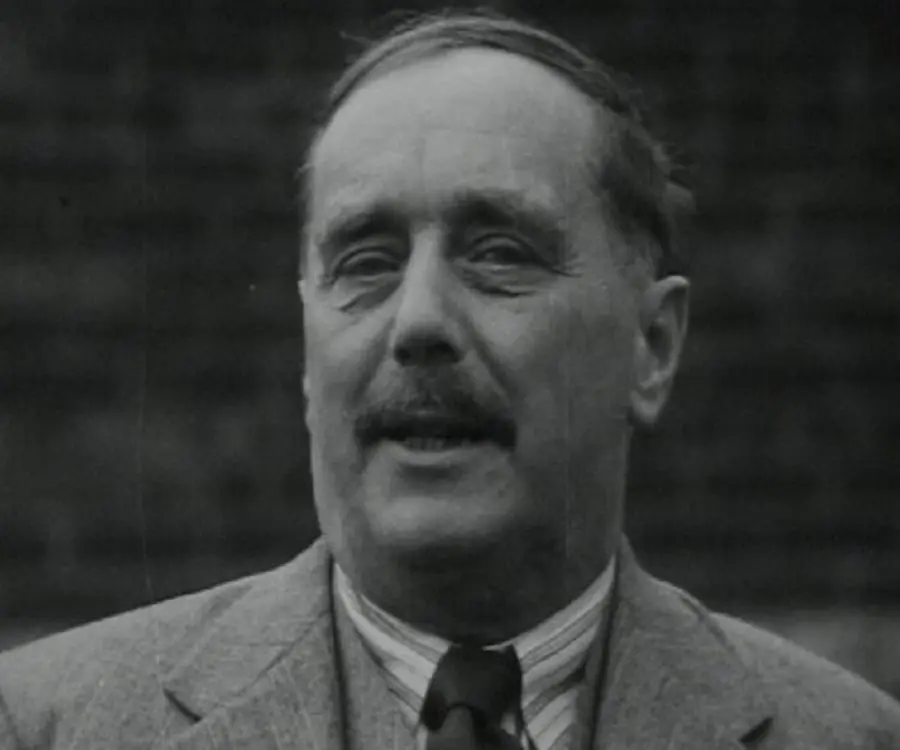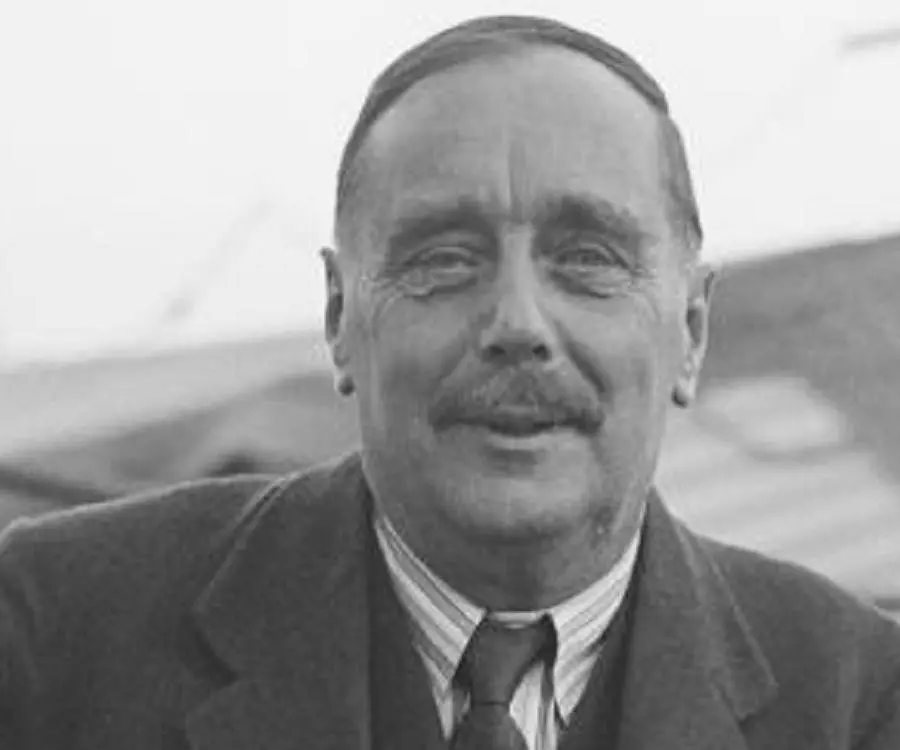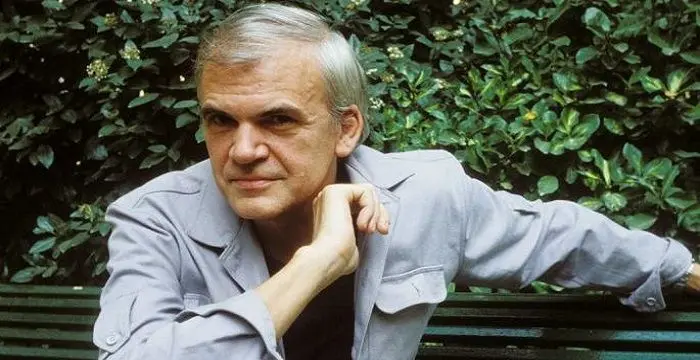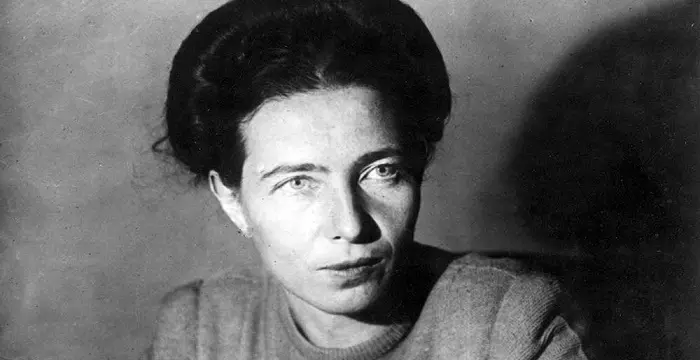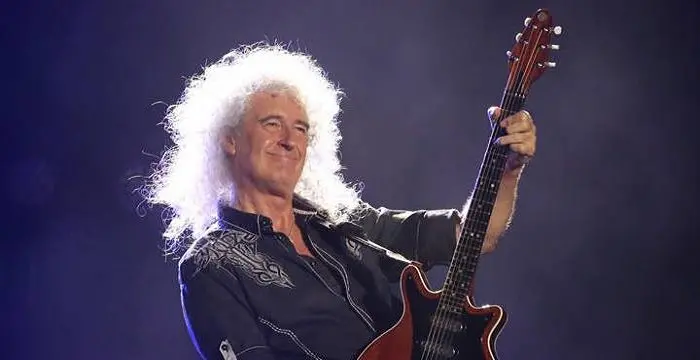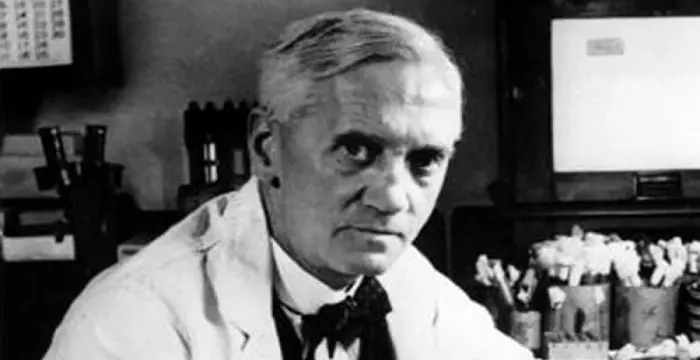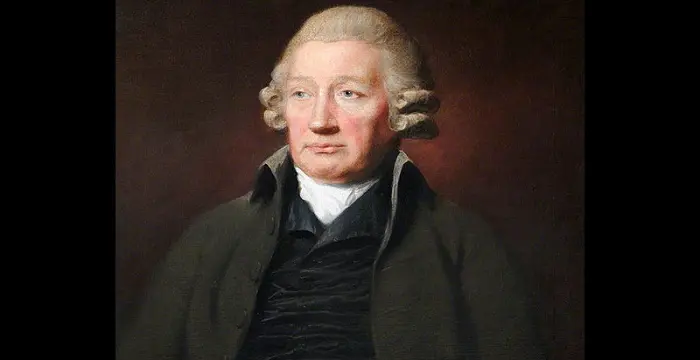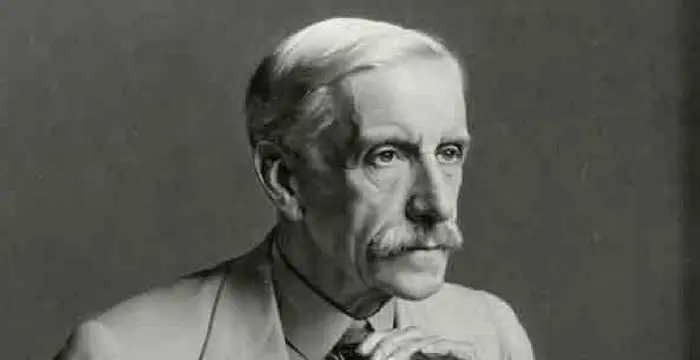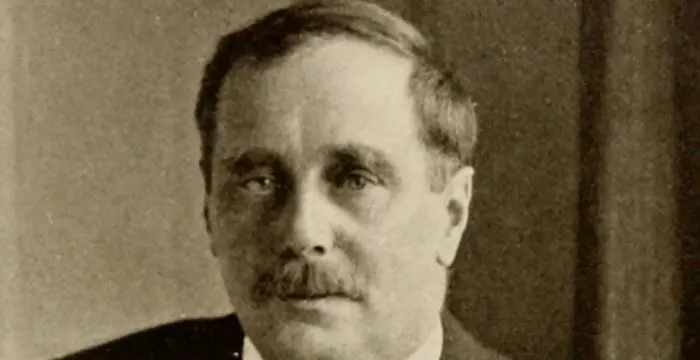
H. G. Wells - Left Handed, Birthday and Childhood
H. G. Wells's Personal Details
H
| Information | Detail |
|---|---|
| Birthday | September 21, 1866 |
| Died on | August 13, 1946 |
| Nationality | British |
| Famous | Left Handed, Imperial College London, Writers, Novelists |
| Spouses | Amy Catherine Robbins (1895–1927), her death), Isabel Mary Wells (1891–1894) |
| Known as | Herbert George Wells |
| Childrens | Anthony West, G. P. Wells |
| Universities |
|
| Notable Alumnis |
|
| Founder / Co-Founder |
|
| Birth Place | Bromley, Kent |
| Religion | Atheism |
| Gender | Male |
| Father | Joseph Wells |
| Mother | Sarah Neal |
| Sun Sign | Virgo |
| Born in | Bromley, Kent |
| Famous as | Writer |
| Died at Age | 79 |
// Famous Left Handed
Aidan Gallagher
Aidan Gallagher is a famous American child actor. Check out this biography to know about his childhood, family life, achievements and fun facts about him.
Nicole Kidman
Nicole Kidman is one of the most talented actors that the Hollywood film industry can boast of. Browse through this biography to get detailed information regarding her life, childhood, profile & timeline
Ludwig van Beethoven
Ludwig Van Beethoven was one of the greatest composers the world has ever had. Check out this biography to know about his childhood, family life, and achievements.
H. G. Wells's photo
Who is H. G. Wells?
Herbert George Wells, often referred to as H. G. Wells, was an English writer best known for his science fiction works that gave a vision of the future. He was well-known for being proficient in many other genres as well, and had written several novels, short stories, biographies, and autobiographies. An avid reader since a very young age, he read books by Washington Irving, Charles Dickens, Jonathan Swift, Voltaire, and many other important writers of the Enlightenment period. His works were influenced by them in some way or the other. While in college, he devoted a lot of his time to writing and one of his short stories about time travel, ‘The Chronic Argonauts’, published in a journal, displayed his talent as an upcoming writer. A futurist, he became a literary sensation with the publication of his novel ‘The Time Machine’. Besides fiction, he wrote social satires, essays, articles, and non-fiction books as well. He also worked as a book reviewer for many years and promoted the careers of other writers like James Joyce and Joseph Conrad. An outspoken socialist, he openly supported pacifist views, and most of his later works were political and pedagogic. Wells was also an artist, and often illustrated the endpapers and title pages of his own works. Even after seven decades of his death, he is remembered as a futurist and a great author.
// Famous Writers
Joyce Meyer
Joyce Meyer is a Christian author and speaker. This biography provides detailed information about her childhood, life, achievements, works & timeline
Temple Grandin
Temple Grandin is a well-known American writer, autistic activist and animal expert. This biography profiles her childhood, life, achievements, career and timeline
Tennessee Williams
Tennessee Williams was one of the greatest playwrights of the 20th century. This biography of Tennessee Williams provides detailed information about his childhood, life, achievements, works and timeline.
Childhood & Early Life
H. G. Wells was born on September 21, 1866, in Bromley, Kent, the UK. His father, Joseph Wells, a former domestic gardener, played professional cricket and ran a shop. His mother Sarah Neal was a housekeeper. He had three siblings.
During his childhood, he had poor health, and his parents thought that just like his older sister who died at the age of seven, Wells would also die.
When his father failed to earn enough income from his shop, Herbert and his brother worked as assistants to a draper. At his mother's workplace, the owner's library was a major attraction for Wells, and he read many books from it.
He attended Thomas Morley's Commercial Academy till 1880. In 1883, he left his apprenticeship with the draper, and joined Midhurst Grammar School as a teacher. This helped him to continue his own studies.
He attended the Normal School of Science on a scholarship. There, he discovered his interest in science and took up physics, chemistry, astronomy, and biology, besides other subjects. He studied biology and Darwinism under Thomas Henry Huxley.
He could not, however, complete the course due to the financial crisis at home. So he lost his scholarship as well. Later, as an alumnus, he helped to set up the Royal College of Science Association and became its first president in 1909.
He was an active participant in the debating society of the school. During this period, he talked about a possible reformation of the society and was influenced by Plato's ‘Republic.’
He also believed in contemporary ideas of socialism as expressed by the Fabian Society. He was one of the founders of The Science School Journal, where he wrote about society, and also tried his hands at fiction.
Career
For more than 50 years, H. G. Wells devoted his life to writing, and at a certain point of time, he wrote three books a year, on an average. In fact, many criticized him for his tremendous volume of work.
His first book was the ‘Textbook of Biology’ published in 1893. In 1895, he became a literary sensation with the publication of his first novel ‘The Time Machine’. This novel was followed by a series of science fiction novels that made him the “father of science fiction”.
His popular science fiction novels include ‘The Wonderful Visit’ published in 1895, ‘The Island of Doctor Moreau’ published in 1896, ‘The Invisible Man’ released in 1897, ‘The War of the Worlds’ in 1898, ‘The First Men in the Moon’ in 1901, and ‘The Food of the Gods’ in 1904.
Many of his short stories were collected in ‘The Stolen Bacillus,’ published in 1895; ‘The Plattner Story’ published in 1897; and ‘Tales of Space and Time,’ published in 1899. For many years, he served as a book reviewer at the ‘Saturday Review.’
In 1901, he published his first non-fiction book called ‘Anticipations’, in which he made many predictions, many of which eventually came true. These include the development of major cities and suburbs, economic globalization, and some future military disputes.
He was a socialist, and wrote about social class and economic disparity in books like ‘Kipps,’ published in 1905. In ‘The History of Mr Polly’, he talked about lower-middle-class life. Critics believed that he was influenced by Charles Dickens.
He also tried his hands at writing comedies like ‘Mr. Britling Sees It Through’, published in 1916. It is cited to be a “masterpiece of the wartime experience in England.” His novel ‘The World Set Free’ also became popular, as he predicted the splitting of atom and the creation of atomic bombs, which eventually came true.
‘The Outline of History’—one of his most popular works—was published in 1920. This three-volume book sold more than two million copies, and was translated into many languages. The book started with prehistory and ventured into the contemporary world's major events, including the World War I. He had mentioned that another major war would take place in the future.
Wells wrote books till the end of his life, but his attitude underwent a major change in his final days. His outlook darkened and it was prominent in his final works. His novel ‘Mind at the End of Its Tether’, published in 1945, was criticized as it talked about the end of humanity. Critics believed that due to his deteriorating health, he was in a negative state of mind.
In 1933, he published a film script in the form of a novel called ‘The Shape of Things to Come’. It was made into the film ‘Things to Come’ in 1936, produced by Alexander Korda.
Major Works
H. G. Wells became popular almost overnight with the publication of the novel ‘The Time Machine’. The book talks about a scientist who creates a time travel machine. It also explores social and scientific aspects, from class conflicts to evolution. The novel was adapted into three feature films, two television versions, and a number of comic books. It has also inspired many other fiction works over the years.
The 1896 science fiction novel ‘The Island of Doctor Moreau’ is another significant work by Wells. It tells the story of a man who meets a scientist conducting some grisly experiments on animals in the hope of creating new species on earth. The novel was made into films and other adaptations a number of times.
‘The Invisible Man’ is another popular science fiction novel by Wells. The book talks about a scientist who turns himself invisible and undergoes a dark personal transformation. It was adapted into numerous films and TV series.
His science-fiction novel, ‘The War of the Worlds,’ was serialized in 1897 by the UK magazine ‘Pearson's Magazine’ and by ‘Cosmopolitan’ in the US. The story is about a conflict between humans and an extraterrestrial race. Although the novel was highly praised by critics, some criticized the brutal nature of the events narrated in the book.
Awards & Achievements
H. G. Wells was nominated for the Nobel Prize in Literature four times. In 1932, he was a serious candidate, but lost to John Galsworthy, who received the prize for ‘Forsyte Saga’.
Personal Life
H. G. Wells married his cousin Isabel Mary Wells in 1891, but they separated in 1894 after he fell in love with his student Amy Catherine Robbins, also known as Jane. They got married in 1895 after he divorced Isabel. He and Jane had two sons together, George Philip and Frank.
A free thinker about sex and sexuality, he had numerous affairs and relationships, in spite of being married. These women also became inspirations for some of his characters. Later, he separated from Jane.
In 1909, he had a daughter Anna-Jane with writer Amber Reeves, with whom he had a relationship. He also had a relationship with feminist writer Rebecca West, which resulted in their son Anthony. His wife Jane died of cancer in 1927.
He visited Russia thrice, in 1914, 1920 and 1934. In 1920, he met his friend Maxim Gorky, and with his help, met Vladimir Lenin. Later, he wrote the book ‘Russia in the Shadows’, where he described Russia recovering from a total social collapse.
In 1934, he visited the U.S. and met President Franklin D. Roosevelt. That year, he also visited the Soviet Union and interviewed Joseph Stalin for the New Statesman magazine.
As a Labor Party candidate, he ran for the parliament in 1922 and 1923, but was unsuccessful.
He died on August 13, 1946, in London, at the age of 79. The cause of his death was not specified.
Dr. John Hammond founded The H.G. Wells Society in 1960. It promotes Wells’ works and thoughts.
// Famous Novelists
Charles Bukowski
Charles Bukowski was a German-born American novelist, short story writer and poet. With this biography, learn in details about his childhood, life, works, career and timeline
Milan Kundera
Milan Kundera is a Czech-born French writer known for his erotic and political writings. This biography of Milan Kundera provides detailed information about his childhood, life, achievements, works & timeline.
Simone de Beauvoir
Simone de Beauvoir was an eminent French writer, intellectual, activist, and philosopher. This biography profiles her childhood, life, thoughts, achievements and timeline.
H. G. Wells biography timelines
- // 21st Sep 1866H. G. Wells was born on September 21, 1866, in Bromley, Kent, the UK. His father, Joseph Wells, a former domestic gardener, played professional cricket and ran a shop. His mother Sarah Neal was a housekeeper. He had three siblings.
- // 1880He attended Thomas Morley's Commercial Academy till 1880. In 1883, he left his apprenticeship with the draper, and joined Midhurst Grammar School as a teacher. This helped him to continue his own studies.
- // 1891H. G. Wells married his cousin Isabel Mary Wells in 1891, but they separated in 1894 after he fell in love with his student Amy Catherine Robbins, also known as Jane. They got married in 1895 after he divorced Isabel. He and Jane had two sons together, George Philip and Frank.
- // 1893His first book was the ‘Textbook of Biology’ published in 1893. In 1895, he became a literary sensation with the publication of his first novel ‘The Time Machine’. This novel was followed by a series of science fiction novels that made him the “father of science fiction”.
- // 1895His popular science fiction novels include ‘The Wonderful Visit’ published in 1895, ‘The Island of Doctor Moreau’ published in 1896, ‘The Invisible Man’ released in 1897, ‘The War of the Worlds’ in 1898, ‘The First Men in the Moon’ in 1901, and ‘The Food of the Gods’ in 1904.
- // 1896The 1896 science fiction novel ‘The Island of Doctor Moreau’ is another significant work by Wells. It tells the story of a man who meets a scientist conducting some grisly experiments on animals in the hope of creating new species on earth. The novel was made into films and other adaptations a number of times.
- // 1897His science-fiction novel, ‘The War of the Worlds,’ was serialized in 1897 by the UK magazine ‘Pearson's Magazine’ and by ‘Cosmopolitan’ in the US. The story is about a conflict between humans and an extraterrestrial race. Although the novel was highly praised by critics, some criticized the brutal nature of the events narrated in the book.
- // 1901In 1901, he published his first non-fiction book called ‘Anticipations’, in which he made many predictions, many of which eventually came true. These include the development of major cities and suburbs, economic globalization, and some future military disputes.
- // 1909He could not, however, complete the course due to the financial crisis at home. So he lost his scholarship as well. Later, as an alumnus, he helped to set up the Royal College of Science Association and became its first president in 1909.
- // 1909In 1909, he had a daughter Anna-Jane with writer Amber Reeves, with whom he had a relationship. He also had a relationship with feminist writer Rebecca West, which resulted in their son Anthony. His wife Jane died of cancer in 1927.
- // 1914He visited Russia thrice, in 1914, 1920 and 1934. In 1920, he met his friend Maxim Gorky, and with his help, met Vladimir Lenin. Later, he wrote the book ‘Russia in the Shadows’, where he described Russia recovering from a total social collapse.
- // 1932H. G. Wells was nominated for the Nobel Prize in Literature four times. In 1932, he was a serious candidate, but lost to John Galsworthy, who received the prize for ‘Forsyte Saga’.
- // 1933In 1933, he published a film script in the form of a novel called ‘The Shape of Things to Come’. It was made into the film ‘Things to Come’ in 1936, produced by Alexander Korda.
- // 1946He died on August 13, 1946, in London, at the age of 79. The cause of his death was not specified.
// Famous Imperial College London
Brian May
Brian May is a legendary and prolific guitarist from the famous rock band ‘Queen’. Explore this biography to learn more about his childhood, life, works, achievements and timeline.
Roger Bannister
Roger Bannister is an English doctor, academic and a former athlete. Check out this biography to get detailed information on his childhood, life, career, achievements and timeline.
Alexander Fleming
Alexander Fleming was a Scottish biologist and pharmacologist who discovered enzyme lysozyme and antibiotic penicillin. This biography of Alexander Fleming profiles his childhood, life, research, discoveries, achievements and timeline.
John Wilkinson
John Wilkinson was a British entrepreneur who pioneered the manufacture of cast iron’. This biography of John Wilkinson provides detailed information about his childhood, life, achievements, works & timeline
Cyrus Pallonji Mistry
Cyrus Pallonji Mistry is the ex Chairman of Tata Group of Companies. Check out this biography to know about his childhood, family life, achievements and other facts related to his life..
Frederick Gowland Hopkins
Fredrick Gowland Hopkins was a Nobel Prize winning biochemist who discovered vitamins. Read on to know more about his childhood, career, profile and timeline
H. G. Wells's FAQ
What is H. G. Wells birthday?
H. G. Wells was born at 1866-09-21
When was H. G. Wells died?
H. G. Wells was died at 1946-08-13
Where was H. G. Wells died?
H. G. Wells was died in London
Which age was H. G. Wells died?
H. G. Wells was died at age 79
Where is H. G. Wells's birth place?
H. G. Wells was born in Bromley, Kent
What is H. G. Wells nationalities?
H. G. Wells's nationalities is British
Who is H. G. Wells spouses?
H. G. Wells's spouses is Amy Catherine Robbins (1895–1927), her death), Isabel Mary Wells (1891–1894)
Who is H. G. Wells childrens?
H. G. Wells's childrens is Anthony West, G. P. Wells
What was H. G. Wells universities?
H. G. Wells studied at Imperial College London, Royal College of Science, Imperial College London
What was H. G. Wells notable alumnis?
H. G. Wells's notable alumnis is Imperial College London
Which company or organization was founded by H. G. Wells?
H. G. Wells was the founder/co-founder of Diabetes UK
What is H. G. Wells's religion?
H. G. Wells's religion is Atheism
Who is H. G. Wells's father?
H. G. Wells's father is Joseph Wells
Who is H. G. Wells's mother?
H. G. Wells's mother is Sarah Neal
What is H. G. Wells's sun sign?
H. G. Wells is Virgo
How famous is H. G. Wells?
H. G. Wells is famouse as Writer


